-
هاتف : +8618150976625
-
البريد الإلكتروني : Hello@MicrofiberLeather.com
هاتف : +8618150976625
البريد الإلكتروني : Hello@MicrofiberLeather.com
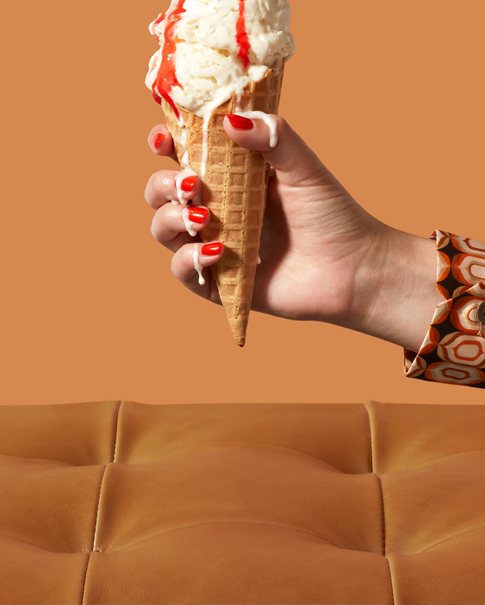
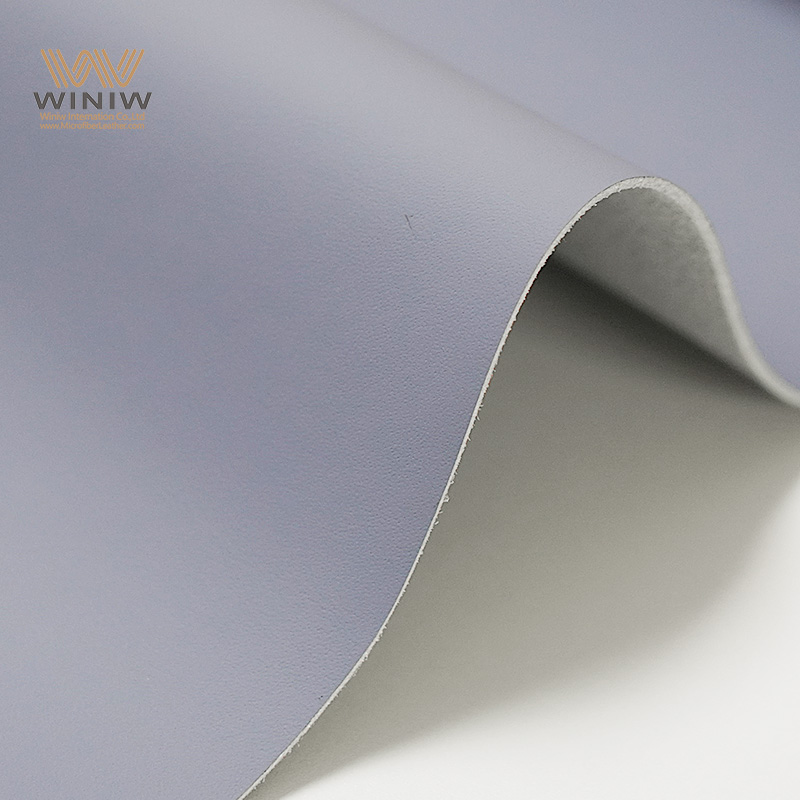
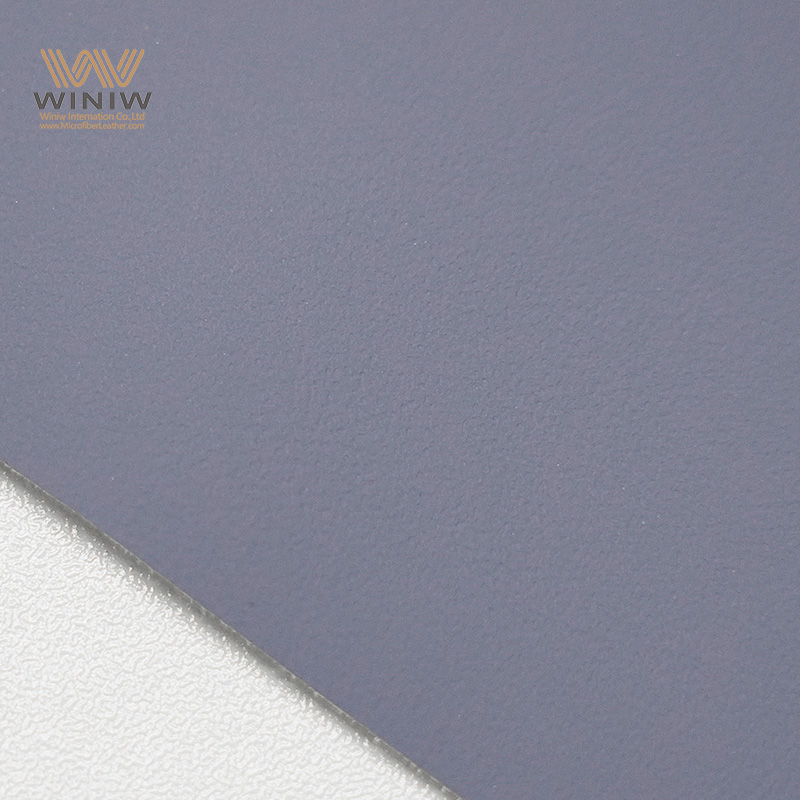
Have you ever wondered what makes one type of furniture upholstery better than another? I often face this question when choosing new pieces for my home or office. PU leather, a form of artificial leather made by coating a fabric base with polyurethane, offers a modern alternative to traditional materials. I find that concerns about toxicity and animal welfare influence many decisions today. Over the past decade, the popularity of PU leather furniture has surged, driven by urban lifestyles and rising disposable incomes. Understanding its background helps me make informed choices for both comfort and sustainability.
PU leather is a synthetic alternative to genuine leather, made from polyurethane, offering a cruelty-free and affordable option.
The rise of PU leather furniture is driven by consumer demand for eco-friendly and stylish choices, making it popular in modern homes.
PU leather furniture is easier to maintain than genuine leather, requiring only a damp cloth for cleaning, which appeals to busy households.
Technological advancements in production have improved the quality and durability of PU leather, making it a viable option for various furniture styles.
Understanding the differences between PU leather and genuine leather helps consumers make informed choices that align with their values.
When I look back at the history of artificial leather, I see a fascinating journey that began in 19th century Germany. The first artificial leather, called Presstoff, used specially layered and treated paper pulp. This innovation allowed manufacturers to create a material that looked and felt similar to leather, but without using animal hides. In the United Kingdom, another early synthetic leather known as Rexine appeared. Rexine consisted of cloth coated with a mixture of nitrocellulose, camphor oil, alcohol, and pigment. These early forms of synthetic leather offered affordable alternatives to genuine leather, making stylish furniture accessible to more people.
I find it interesting how these early inventions set the stage for the modern materials we use today. They showed that artificial leather could meet the needs of consumers who wanted both style and practicality.
The late 20th century marked a turning point in the development of artificial leather. As demand for affordable and cruelty-free options grew, manufacturers introduced pu leather. This material quickly gained popularity because it provided a solution for those who cared about animal welfare and sustainability. I noticed that pu leather also offered a wide range of colors and textures, making it a favorite for furniture designers.
Distinguishing between real leather and pu leather became more important as technology improved. The chemical process for making pu leather differs significantly from that of genuine leather. I often refer to the following table to explain the main differences:
|
Aspect |
PU Leather (WPU) |
Genuine Leather |
|---|---|---|
|
Base Material |
Waterborne polyurethane (WPU) |
Animal hides |
|
Environmental Impact |
Reduced VOC emissions and solvent usage |
Higher environmental impact |
|
Production Process |
Utilizes foaming technology and templates |
Tanning and curing of hides |
|
Properties |
Softness, high thermal stability, water-vapor permeability |
Natural texture and durability |
I find that distinguishing between real leather and pu leather helps consumers make informed choices. Pu leather stands out as a synthetic leather that balances cost, appearance, and ethical concerns. As I explore the evolution of artificial leather, I see how pu leather has become a staple in modern furniture, offering both versatility and style.
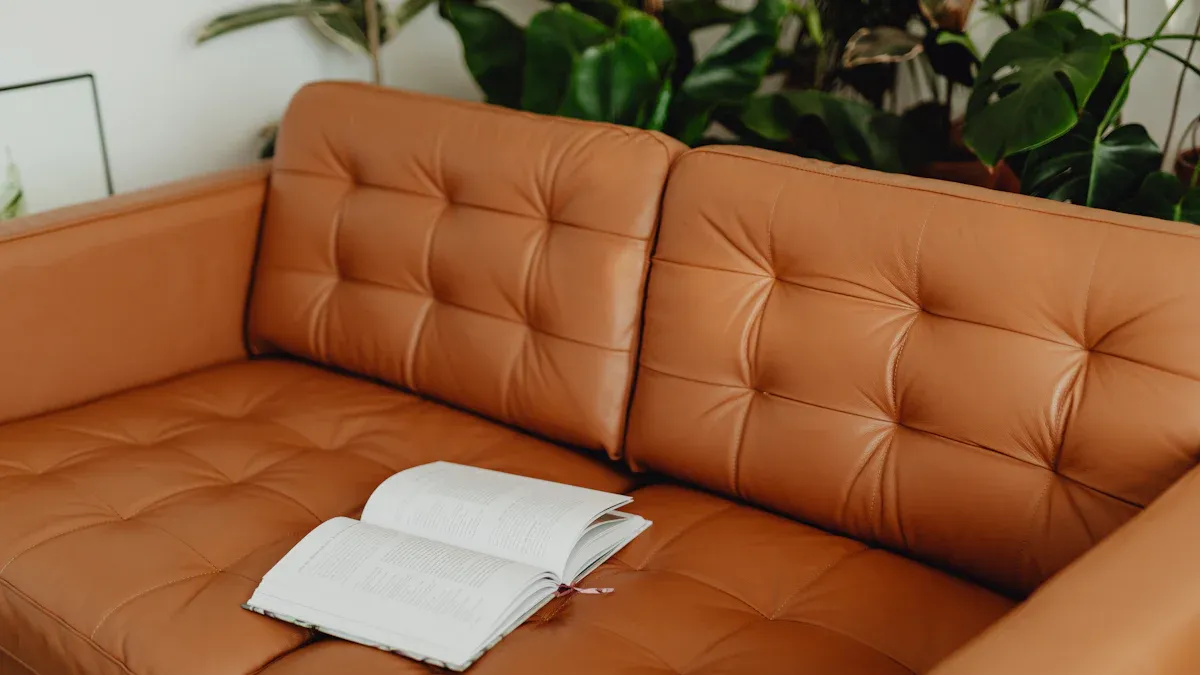
Over the past three decades, I have witnessed remarkable progress in the technology behind pu leather. Manufacturers now use advanced coating techniques that enhance the look and feel of artificial leather. The integration of AI in production lines has transformed the industry. I see how AI-driven quality control ensures each piece of pu leather furniture meets strict standards for safety and durability. Automation and predictive analytics help reduce production costs by up to 30%, making pu leather furniture more accessible to a wider audience. These technologies also support sustainability goals, as they minimize waste and allow brands to adapt quickly to changing consumer preferences.
AI and automation have made it possible for manufacturers to deliver consistent quality while meeting environmental regulations. This shift supports the growing demand for eco-friendly artificial leather products.
I also notice that new environmentally friendly formulations have emerged. These innovations help manufacturers meet regulatory standards and appeal to consumers who prioritize sustainability. Optimized release properties in coatings improve the performance of pu leather, making it more resistant to wear and tear.
Manufacturing improvements have played a crucial role in the rise of pu leather furniture. I have observed that the U.S. market, in particular, has embraced artificial leather due to its affordability and eco-friendly reputation. Advances in production technology have improved both the aesthetic appeal and durability of pu leather furniture. As a result, more people choose artificial leather for their homes and offices.
The expanding residential and commercial sectors drive demand for stylish, low-maintenance, and cost-efficient furniture solutions. I find that consumers appreciate the balance between quality and price. When I compare costs, genuine leather furniture typically ranges from $1,000 to $4,000 or more, reflecting its long-term investment value. In contrast, pu leather furniture usually costs between $400 and $1,500, making it a more budget-friendly option.
|
Furniture Type |
Typical Price Range |
|---|---|
|
Genuine Leather |
$1,000 – $4,000+ |
|
PU Leather |
$400 – $1,500 |
This price difference allows more people to enjoy the look and feel of leather without the high cost or ethical concerns.
I have seen design trends in pu leather furniture evolve rapidly. Today, artificial leather offers a wide range of colors, textures, and finishes. Designers can create pieces that mimic the appearance of genuine leather or experiment with bold, modern styles. This versatility makes pu leather furniture a favorite in both contemporary and classic interiors.
Maintenance requirements also set pu leather apart from genuine leather. I find that artificial leather is much easier to care for. Most pu leather furniture only needs a quick wipe with a damp cloth to stay clean. Unlike genuine leather, which requires conditioning to prevent drying and cracking, pu leather does not need special products. However, I always remind users to handle pu leather gently, as it may peel if treated roughly.
Genuine leather needs gentle cleaning and conditioning once or twice a year.
Faux leather, including pu leather, is easy to clean with just a damp cloth and requires no special conditioners.
The combination of easy maintenance, affordability, and design flexibility has made pu leather furniture a popular choice in modern homes. I believe that as technology and manufacturing continue to advance, artificial leather will offer even more options for consumers seeking sustainable and stylish furniture.

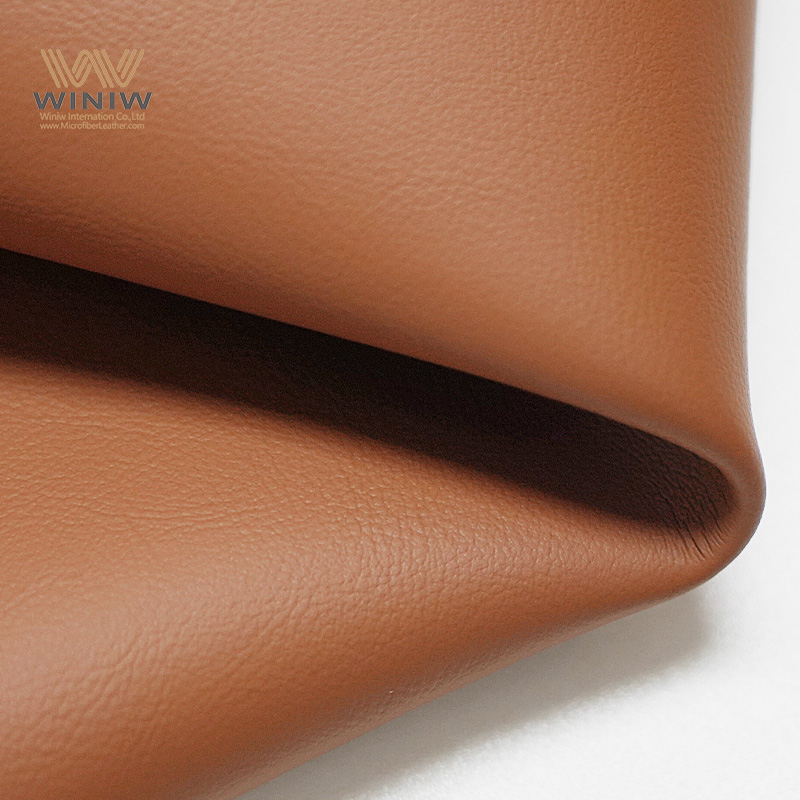
I have observed a dramatic rise in the popularity of pu leather furniture over the past decade. The shift toward eco-friendly alternatives has driven this growth, especially in regions where consumers value sustainability and ethical production. The Asia-Pacific region stands out as the fastest-growing market for pu leather furniture. Countries like China and India lead the way due to their robust manufacturing capabilities and expanding middle class. This region now outpaces Europe and North America, which show more moderate growth rates.
I often hear from clients who want to understand why pu leather and other artificial leathers have become so prevalent. The answer lies in a combination of affordability, versatility, and the desire for eco-friendly products. Many people choose vegan leather because it offers a cruelty-free and sustainable option. The affordability of imitation leather and pleather makes it accessible to a wider audience. I see that consumers also appreciate the wide range of colors and textures available in faux leather furniture.
Note: Many consumers mistakenly believe that all products labeled as 'leather' are genuine leather. Terms like bonded leather, pu leather, eco-leather, and pleather actually refer to synthetic or blended materials. I always recommend checking product labels carefully to avoid confusion.
I believe the environmental impact of pu leather furniture deserves close attention. Traditional leather production often involves toxic chemicals and significant resource consumption. In contrast, pu leather and other vegan leather options offer a more eco-friendly alternative. Manufacturers have adopted sustainable practices to reduce emissions and minimize waste. I see that artificial leathers, including pleather and imitation leather, use fewer toxic chemicals during production. This shift supports the growing demand for eco-friendly and biodegradable materials.
The ethical benefits of vegan leather appeal to many of my clients. People want to avoid animal-derived products and seek out sustainable, cruelty-free options. I find that pu leather furniture aligns with these values. The use of eco-friendly materials and sustainable practices helps reduce the environmental impact of furniture production. Artificial leather and faux leather products now offer a viable alternative to traditional leather, supporting both animal welfare and sustainability.
I often discuss the environmental impact of different materials with clients. Vegan leather, pleather, and other artificial leathers provide a lower-impact solution. These materials are not fully biodegradable, but advances in technology continue to improve their eco-friendly properties. I encourage clients to consider the entire lifecycle of their furniture, from production to disposal, when making purchasing decisions.
Clients frequently ask me, "How long does pu leather last?" I explain that the durability of pu leather furniture depends on several factors. Proper care for pu leather extends its lifespan and maintains its appearance. I always recommend following manufacturer guidelines to care for pu leather and avoid unnecessary wear.
The most common factors that affect the longevity of pu leather furniture include:
Improper storage can lead to permanent wrinkles in pu leather.
Frequent use and movement contribute to the formation of wrinkles over time.
Exposure to extreme temperatures or humidity can affect the material's structure.
I advise clients to keep their pu leather furniture away from direct sunlight and heat sources. Regular cleaning with a damp cloth helps maintain its look. I also remind them that vegan leather and other artificial leathers require less maintenance than genuine leather. This ease of care for pu leather appeals to busy households and commercial spaces.
When comparing pu leather to traditional leather, I use a historical comparison to highlight improvements in durability and eco-friendly features. Early artificial leathers lacked the resilience of modern vegan leather and pleather. Today, pu leather furniture can last several years with proper care. Most pieces remain attractive and functional for five to seven years, depending on usage and maintenance.
I have noticed that consumers often choose pu leather for its eco-friendly alternative to animal-based products. The affordability and low environmental impact of imitation leather and faux leather make them popular choices. I encourage clients to weigh the benefits of sustainable practices and biodegradable materials when selecting furniture.
Tip: To maximize the lifespan of your pu leather furniture, always follow care instructions and avoid exposing it to harsh conditions. This simple approach helps preserve both the appearance and the eco-friendly qualities of your investment.
I have seen PU leather furniture evolve from early synthetic materials to a staple in modern homes. Its popularity continues to grow because it offers sustainability, versatility, and affordability. I expect future demand to rise due to several factors:
Consumer preference for vegan and eco-friendly materials
Growth in automotive, furniture, and fashion industries
Technological innovations improving quality
Increased investment in advanced PU resins
I believe PU leather furniture matters for anyone seeking ethical, stylish, and practical choices. I look forward to new innovations shaping the future of artificial leather.
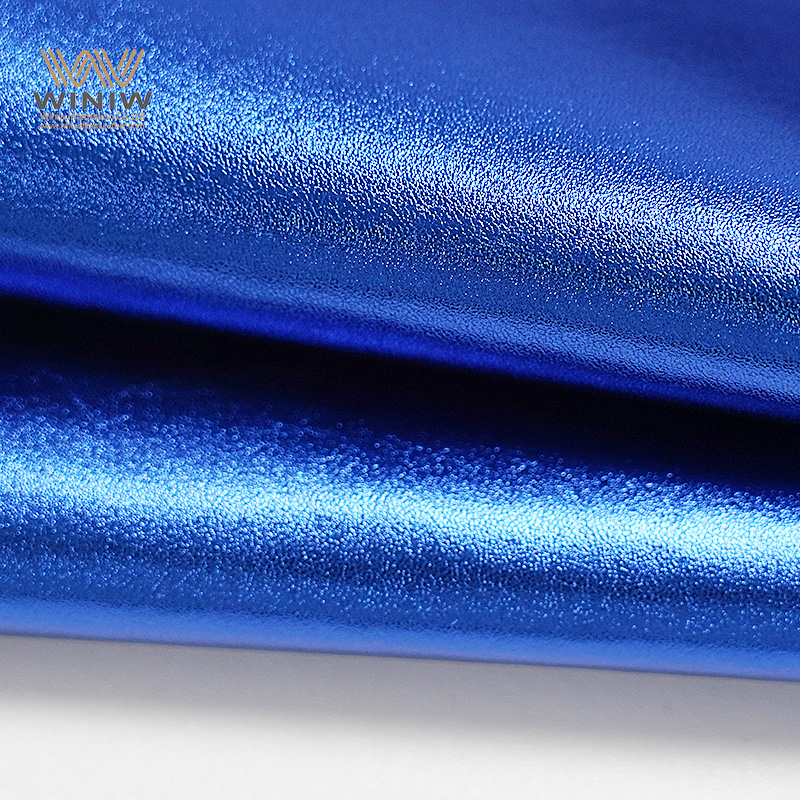
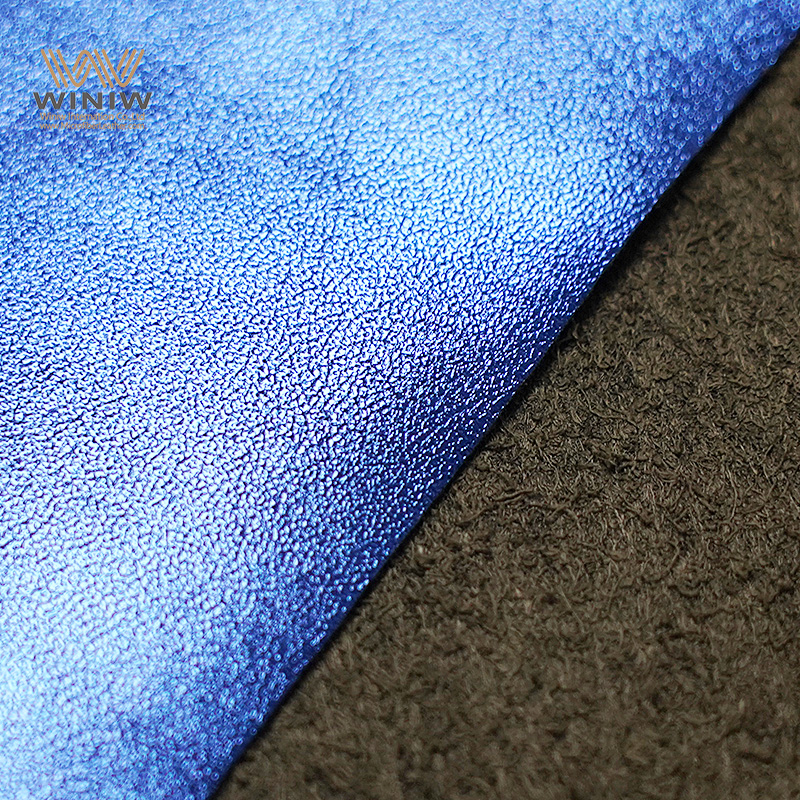
I see PU leather as a synthetic material made from polyurethane, while genuine leather comes from animal hides. PU leather offers a cruelty-free, affordable option. Genuine leather provides natural texture and durability.
I recommend wiping PU leather with a damp cloth. Avoid harsh chemicals. For stubborn stains, I use mild soap and water. Regular cleaning keeps furniture looking fresh.
Tip: Always test cleaning products on a hidden area first.
I believe PU leather furniture uses fewer toxic chemicals than traditional leather. Manufacturers now focus on sustainable practices. PU leather reduces animal cruelty and supports eco-friendly goals.
|
Material |
Animal Use |
Chemical Use |
Sustainability |
|---|---|---|---|
|
PU Leather |
No |
Low |
Moderate |
|
Genuine Leather |
Yes |
High |
Low |
I find PU leather furniture lasts five to seven years with proper care. Genuine leather often lasts longer. PU leather offers easy maintenance and affordability, making it a practical choice for many homes.